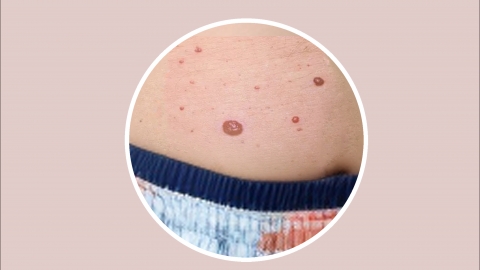What is a hemangioma?
Generally, hemangiomas are benign lesions caused by abnormal proliferation or malformation of blood vessels, which can occur in various parts of the body and are more commonly seen in infants and children. A detailed analysis is as follows:

The core cause of hemangiomas lies in the abnormal proliferation of vascular endothelial cells or developmental malformations of vascular structures, leading to localized clusters of blood vessels. Based on pathological types, they are mainly classified into infantile hemangiomas, cavernous hemangiomas, and arteriovenous (racemose) hemangiomas. Infantile hemangiomas typically appear shortly after birth, and some may gradually regress with age. These lesions are usually red, purple, or bluish in color, exhibit various shapes, and may present as flat patches, raised nodules, or masses of different sizes. Most hemangiomas grow slowly and cause no significant discomfort; however, a minority located in critical areas or undergoing rapid enlargement may lead to complications such as compression or ulceration.
In daily life, it is important to monitor changes in the size, color, and appearance of the lesion, avoid friction or trauma to the affected area, and maintain local cleanliness. For hemangiomas that grow rapidly or affect appearance or function, standardized interventions can effectively control their progression. Given their benign nature, there is generally no need for excessive concern about associated risks.






